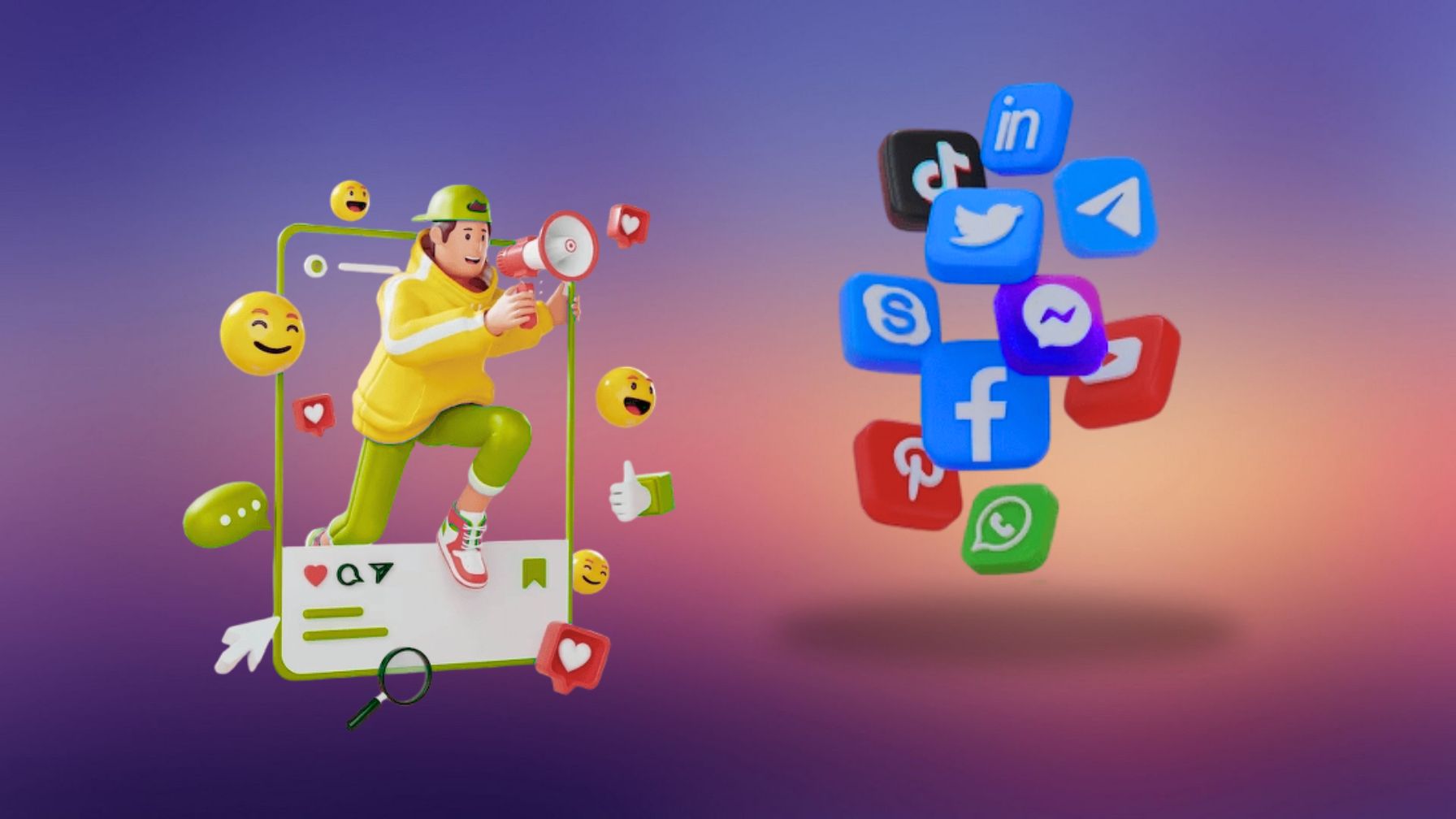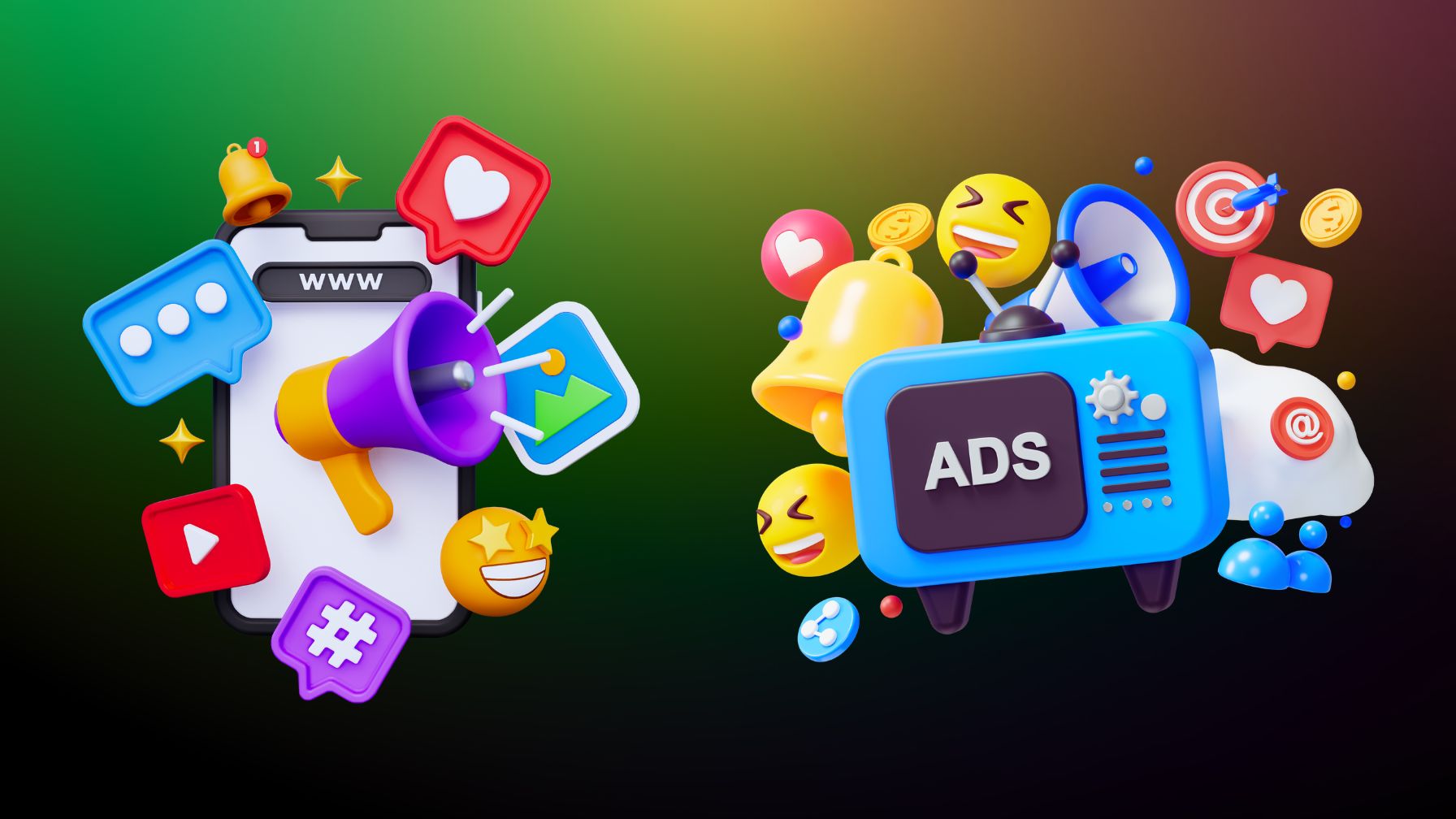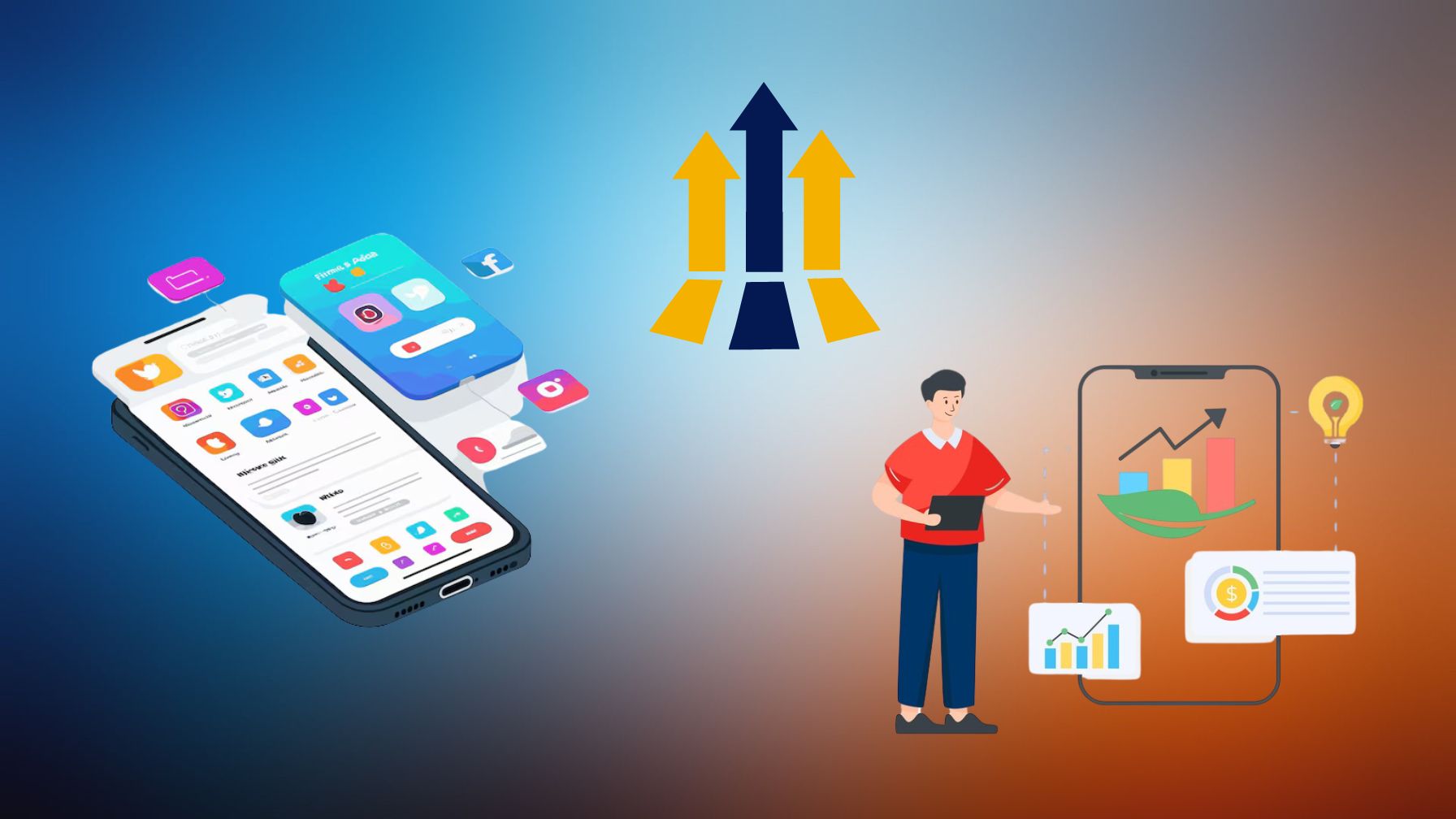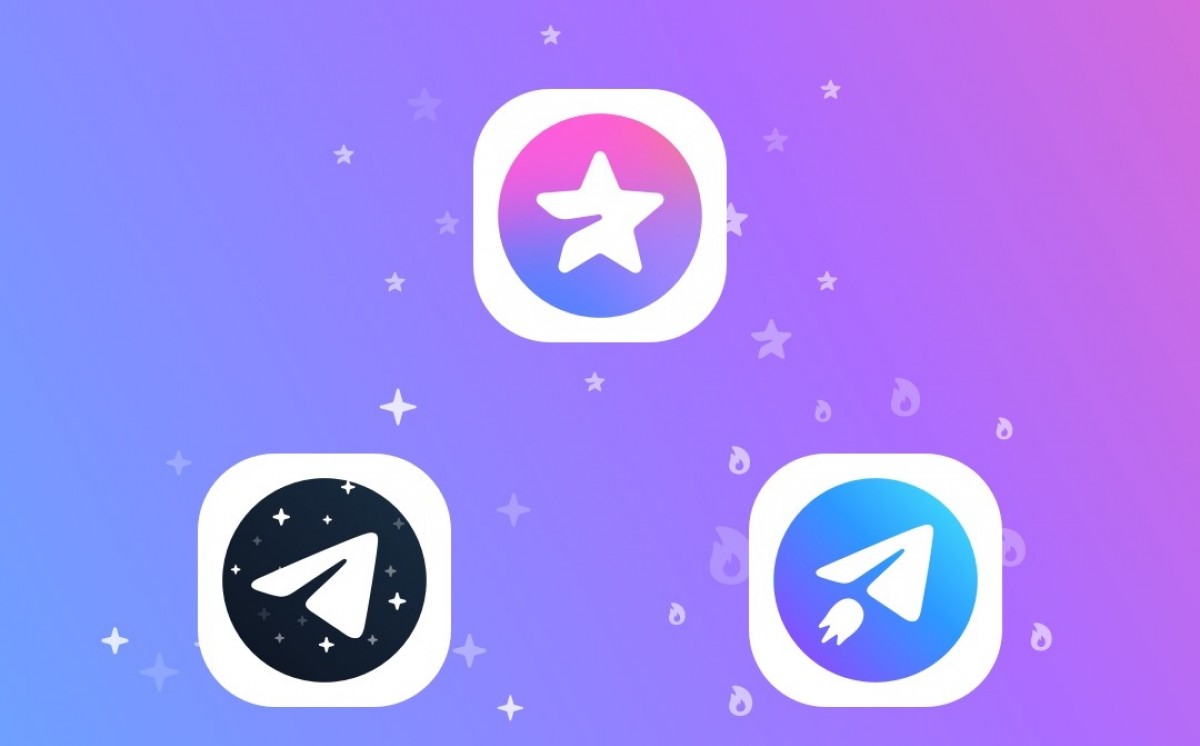WHAT WE HAVE ON THIS PAGE
As technology evolves, innovations are integrated into Internet users’ daily lives. An increasing number of brands and individuals are using live streaming to better interact with their customers. However, what is live streaming?
Live streaming enables you to broadcast and view videos in real-time simultaneously. Since the content is aired and played instantly, it cannot be modified; thus, viewers only see the raw content.
You don’t need specialized skills to begin streaming because it’s easy to set up streaming. You can host or watch live streaming with your tablet, computer, or smartphone. So let’s get started and learn more about streaming.
How Does Live Streaming Work: The Technical Part
Each live stream is made possible by many technical processes. These are as follows:
- Segmentation
- Compression and encoding
- CDN (Content delivery network) distribution
- Video playback
- CDN caching
- Decoding
The initial stage in streaming is video capture. The camera records visual information that is represented as digital data. In order to eliminate redundant information from video data, compression and encoding are used.
Encoding refers to converting data into a format that all devices can understand. Four encoding standards are H.265, H.264, AV1, and VP9. You will need to take additional steps to live to stream your content.
One of the things that make live streaming possible is segmentation. It allows video data to be broken down into smaller segments and sent quickly.
After encoding, segmenting, and compressing the live stream, CDN distribution and caching ensure that the intended audience can access it. A CDN’s primary purpose is to make content available to viewers worldwide.
CDN enables quicker live video streaming performance since viewers do not need to access the original server. Instead, the neighboring CDN server handles every request. Another advantage of CDNs is their ability to cache segments, allowing users to connect to live streams from the CDN cache rather than the original server.
The encoded video is then uncompressed by the video decoder so that it may be playback. After everything else is finished, the last step is interpreting the data before the video can be played.
Live Streaming: The Benefits
Live streamers can take advantage of this technology in various ways, whether influencers or business owners trying to advertise their products or services. In addition, universities use live streaming to deliver online classes, while media outlets use it to announce important news. The benefits of live streaming are as follows:
- Live streaming is not just restricted to audio and video
Besides audio and video live streaming, a variety of multimedia is available to users who want to include images, text, or even live chat.
- Live streaming is affordable
There are paid premium streaming services available, but free ones usually work just as well. There are no further fees associated with free live streaming other than the camera and any additional equipment you might need.
- Live streaming is simple to set up and use
Many people think live streaming is challenging or that you require being tech-savvy to succeed. The majority of social media platforms provide live streaming applications. Depending on the type of audience you want to reach, pick the appropriate platform for your stream.
The purpose of your broadcast will also influence your choice of platform. It is possible for anyone to stream; some individuals are already earning money from streaming. All you require is a streaming platform and internet connectivity of your choice.
- You have the opportunity to reach more people
If you want to organize an event, you are physically limited to inviting more people than this place can accommodate. You can communicate with as many people as you desire through live streaming. You just need to share the video streaming link. Furthermore, people from all over the globe can attend a particular event from their homes.
Potential Risks
While there are many advantages of live streaming, there are also some disadvantages that need to be considered. Since live content cannot be regulated, it is possible for minors to be exposed to unsuitable content. In addition, it’s predicted that 14.5% of kids between the ages of 9 and 12 have experienced cyberbullying. Parents must take steps to prevent children from accessing unsafe websites or live streams that are only appropriate for adult audiences.
Likewise, the person hosting the live stream or anyone watching it may suffer from offensive and harmful comments.
Many internet users, particularly young individuals, frequently fail to consider the digital traces they are leaving behind. Keep in mind that viewers can simply record and share a live stream on the internet when you are hosting one. People occasionally say or do things during a live stream that they ordinarily wouldn’t when it’s being recorded so that they could face bullying or blackmail with the recorded content.
It is crucial to maintain your safety while taking advantage of modern technology.
Conclusion
Video streaming is here for the long term. Live streaming helps individuals and businesses connect organically with their followers and reach a larger audience. Many individuals choose to watch live streaming rather than read blogs. It’s a fantastic method to communicate with your audience in a unique and new way, and it can support the development of your credibility and trust with potential customers.
Ordinary people now have more power thanks to living streaming, particularly in nations with stringent media regulations where people rely on it to spread information on essential topics.
The moment has come for you to start using live streaming as a component of your marketing plan if you haven’t already.
Thanks for reading!








